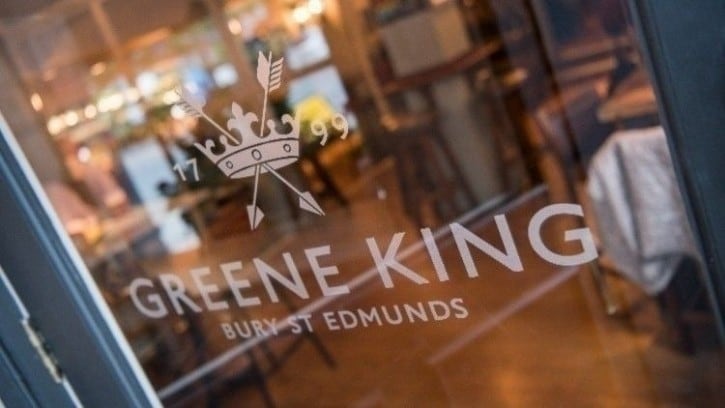Data from the Office For National Statistics (ONS), released today (Wednesday 21 June), revealed the UK’s inflation rate remained at 8.7% in the year to May 2023, the same rate as April this year.
However, the core rate of inflation (excluding food, alcohol, tobacco and energy costs), was estimated to have risen 7.1% in the 12 months to May 2023, up from 6.8% in April, its highest level for more than 30-years.
British Beer & Pub Association (BBPA) chief executive Emma McClarkin said: “Warmer weather has been driving sales for pubs and breweries, but the fact remains that without inflation falling profits are wiped out and our sector has little to no opportunity for growth.
“These figures are worrying because whilst the public have been supporting British pubs and breweries it’s clear that purse strings will be tightened once again in the coming months and UK businesses will be impacted.
“Our industry supports jobs, livelihoods and communities in every single part of the country, but stagnant inflation is holding us back from our full potential.”
Critical impact
Inflationary figures had previously been showing a downward trend, having fallen from 10.1% in March.
Month-on-month, inflation rates stood at 0.7% in May 2023, the same as in May last year.
McClarkin added: “We need the Government to face the reality that inflation is still incredibly high and the critical impact this has on both consumers and the businesses they choose to spend their money with.”
According to the data, while food and non-alcoholic beverage costs had risen in May, this was by less than in May 2022, contributing to an easing in the annual rates.
The figures showed food and non-alcoholic beverage prices increase by 18.4% in the year to May 2023, down from 19.1% and 19.2% in April and March this year respectively, the latter of which was the highest annual rate in more than 45-years.
However, month-on-month figures showed a 0.9% upswing between April and May this year, after increases of 1.5% compared with the same period two years ago.
Stubbornly high
The slowing in the annual rate for food costs was driven by downward contributions in milk, cheese and egg prices, with the annual rate easing to 27.4%, from 29.3% in April.
Fish prices increased from 14.2% in the year to April 2023 to 16.6% in the year to May, attributed to a rise in the cost of canned tuna, which offset the rise in the annual rate.
Rising prices for air travel alongside recreational and cultural goods were cited as having made the largest upward contributions to the monthly change while falling prices for motor fuel led to the largest downward contribution.
UKHospitality chief executive Kate Nicholls said: “It’s frustrating to see the rate of inflation remains stubbornly high, with no decrease since last month’s figures.
“It’s clear the ongoing high costs of doing business being passed on in prices is a contributory factor and this needs to be tackled with urgency.
“Measures to tackle sky-high energy costs, bring down the cost of food and drink, and ease ongoing worker shortages would be effective measures to bring down the cost of doing business, and in turn help reduce inflation.”





